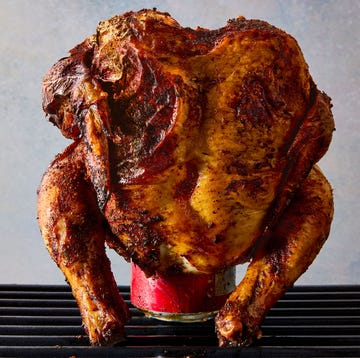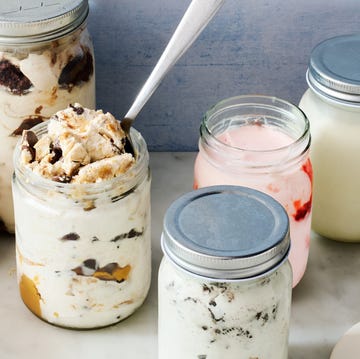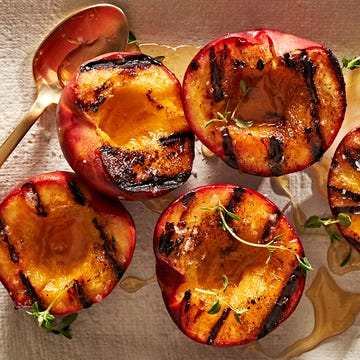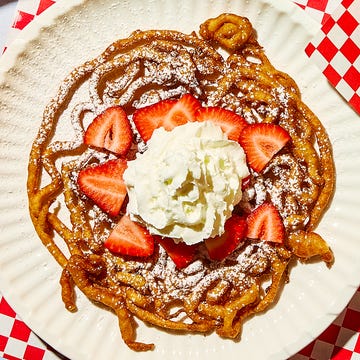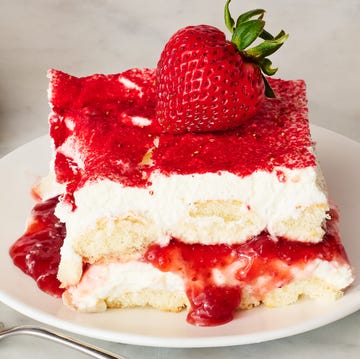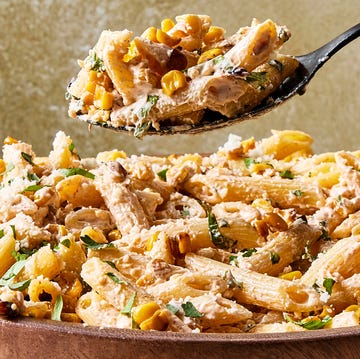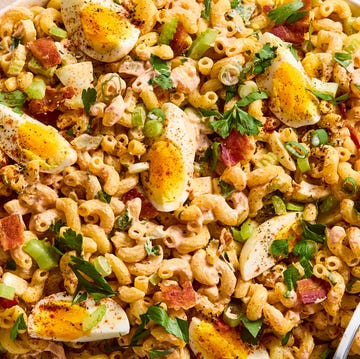Steak is the champion of meats. He's big and he's proud and he want to be cooked correctly because there is truly nothing worse than dropping a paycheck on a fancy steak dinner only to receive a steak that's well done and dry. Here's three fail proof ways to achieve perfect steak.
No matter your cut of meat you want a hot pan/grill/oven so pick your preferred method and crank the heat. There's no need to rush perfection so give it some time to warm up. If you are cooking your steak on the stove or the grill, as soon as your meat makes contact with surface you should instantly hear that beautiful sizzle.
Temperature Chart
Medium-rare: 145°
Medium: 160°
Medium-well: 165°
Well-done: 170°
1. Grill
Ahh the classic. It's hard to beat the charred flavor a grill adds to steak. Grilling is great for thicker cuts of steak like a rib-eye or T-bone. The grill is also perfect for tougher cuts, like skirt or flank, because you want to cook those quickly to prevent it from getting chewy.
At least 30 minutes before you plan to start grilling, set your steak out to come to room temperature. Let your clean grill heat up and season your steak generously with salt and pepper on both sides. Place your steak on the grill and leave it alone. Messing with it and moving it around will only cause it lose juices and take longer to cook. Let it do it's thing and don't mess with it.
Each cut of steak will vary in cooking time, the thicker the cut the longer it will take. For most cuts you can expect 5 to 8 minutes per side for medium-rare. Flip your steak and let it continue cooking without messing with it. The absolute best way to know if your steak is done is to use a good meat thermometer. Remembering that your steak will continue to cook as it rests so pull it about 5 degrees before your desired temperature.
Take your steak of the grill and let it rest at least 5 minutes (bonus points for 10) before slicing.
2. Stovetop
The stovetop is a perfectly acceptable way of cooking steak and can create a perfect, golden crust. Steaks that are about 1-inch in thickness, such as sirloins and New York strips are ideal for the stovetop.
Take your steak out of the fridge and place your skillet (ideally cast-iron) on the stove, add some olive oil, and turn the heat to medium-high. Let the skillet warm up at least 10 minutes (seriously). Your pan should just start to smoke when you add your meat. Generously season both sides with salt and pepper and place on your smoking hot skillet. A thinner steak won't take very long, just 4 to 6 minutes per side for medium rare. Try not to mess with your steak very much while it's cooking and again, using a meat thermometer to check for temperature. Let rest 5 minutes before cutting.
3. Broil
Using the broiler to cook steak makes me feel like I'm a chef at a fancy, fast-paced restaurant. While your broiler will never reach Peter Luger level temperatures — apparently their broilers reach up to 1800° — it can still make a mean steak. The broiler works well for most cuts of meat, but since the broiler has a short cooking time you'll have to keep a close eye on it.
Turn your broiler on high and place a rack about 6" from the top. Add olive oil to your pan and place in the oven to heat with it. Heating your pan first will help create a nice sear on the bottom and prevent it from sticking. Take your steak out of the fridge while your oven preheats.
Season both sides generously with salt and pepper. Remove your pan from the oven and add your steak. If your steak doesn't instantly sizzle, you can heat your pan over high on the stove for a couple minutes before adding your steak and putting it in the oven.
Broil your steak for 2 minutes, flip and broil for another 2 minutes. If you are cooking a thicker piece of steak add another 2 minutes. If you fear your steak is getting too dark on one side it is okay to continue flipping until desired temperature is reached. Remember to still check temperature with a meat thermometer and let rest 5 minutes before slicing.
Follow Delish on Instagram.



